

Uh oh...
It appears that you're using a severely outdated version of Safari on Windows. Many features won't work correctly, and functionality can't be guaranteed. Please try viewing this website in Edge, Mozilla, Chrome, or another modern browser. Sorry for any inconvenience this may have caused!
Read More about this safari issue.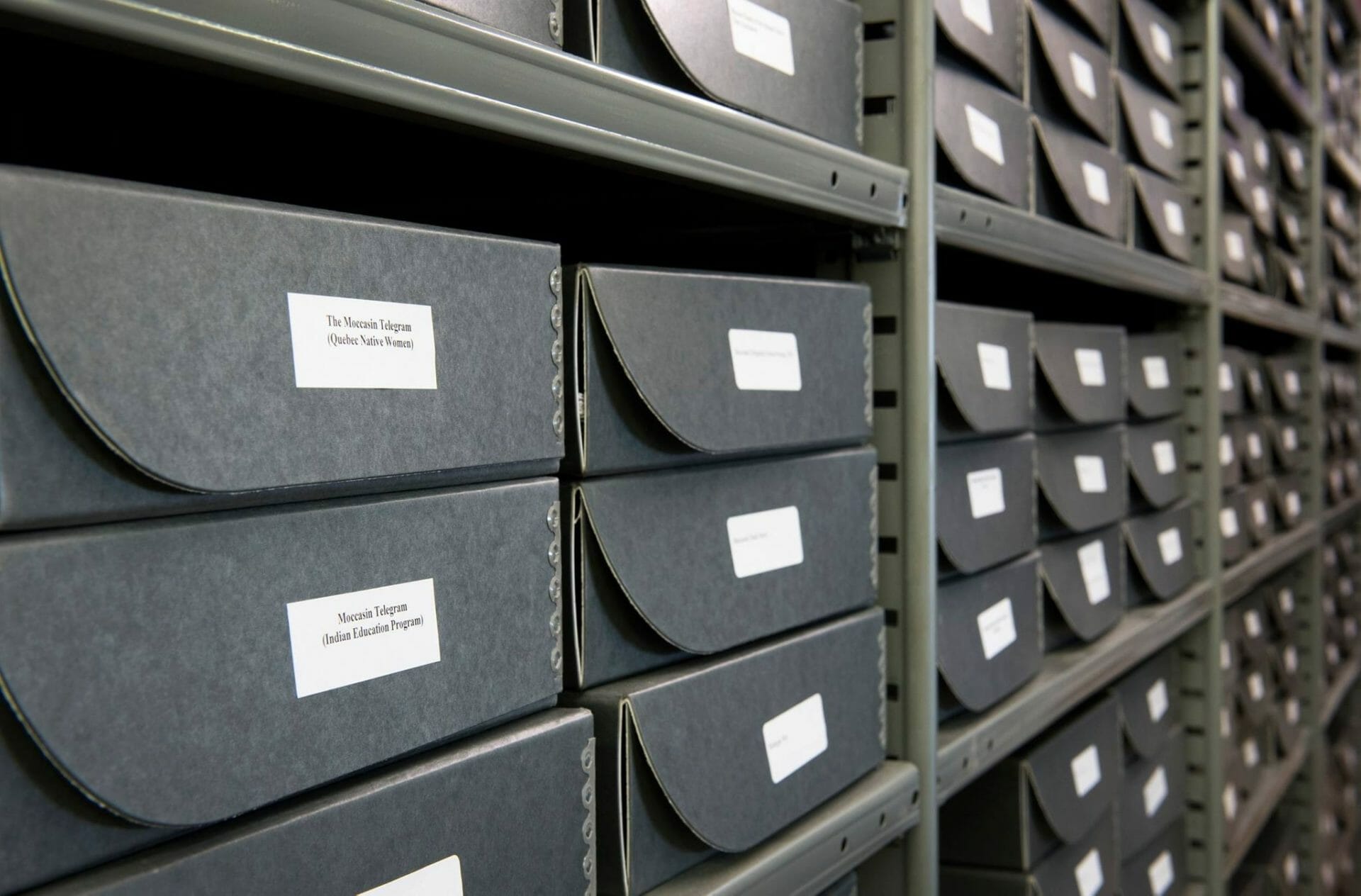

Arkansas holds a lot of history, and part of that history belongs to the American Indians who lived in the state both prior to statehood and after the territory joined the United States. In Arkansas, like many other states, American Indian history has not always been well preserved or presented in an accessible manner. In the early 1980s, two professors at the University of Arkansas at Little Rock (UALR) endeavored to collect and preserve the literary history of American Indians, and their efforts created the Sequoyah National Research Center.
Dr. Daniel F. Littlefield and Dr. James W. Parins both taught in the English Department at UA Little Rock. Littlefield grew up in Oklahoma and was familiar with the need to preserve the history and literature of the many tribes in the United States. He joined the faculty of UALR in 1970. Parins came to Little Rock from Wisconsin, joining the faculty in 1973. Littlefield was already gathering American Indian newspapers and periodicals to use in his American Indian studies classes. In the 1970s, many universities began introducing American Indian studies, and American Indian writers like Vine Deloria, Jr. were pushing the causes of the tribes into the national spotlight. When Parins arrived in Little Rock, he quickly joined in with Littlefield’s research and preservation efforts. The pair began collecting and cataloging Native American writing as much as possible while continuing to teach full-time.
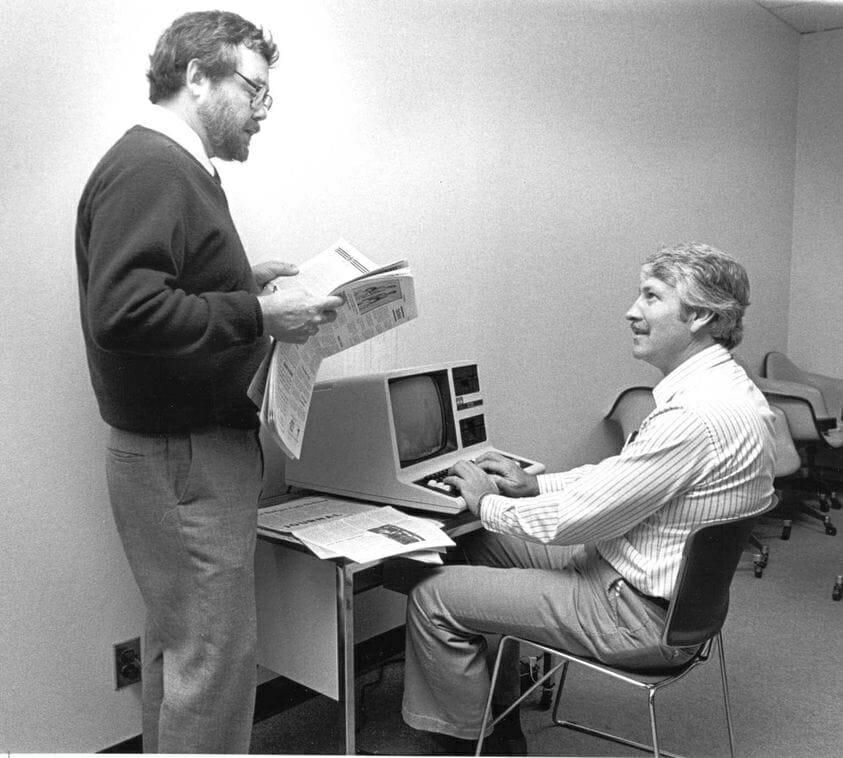
In an article in the “Cherokee Phoenix” in 2019, Littlefield remembers how little attention was given to contemporary American Indian writing at the time. He is quoted as saying, “One of the driving questions for Jim Parins and me was what writers in future generations would use to write the histories of Indian affairs during the 20th century. Major repositories were not archiving contemporary information. They were just interested in the 19th and earlier centuries.”
The duo decided to devote most of their time outside of classes to the project and began traveling during school breaks, weekends and over the summer to libraries, universities, museums and any other locations they could find that might hold works by American Indian authors. In 1983, they headed to Arizona State Museum in Tucson. The museum was culling through its collection and agreed to give many of its Native American newspapers and periodicals to Littlefield and Parins. They brought the collection back to Little Rock and realized they had the beginnings of an archive. That same year, American Indian writer Vine Deloria, Jr. called for a way to preserve Indian writing across the U.S. Littlefield and Parins were best positioned to answer that call. They created the American Native Press Archives that same year.
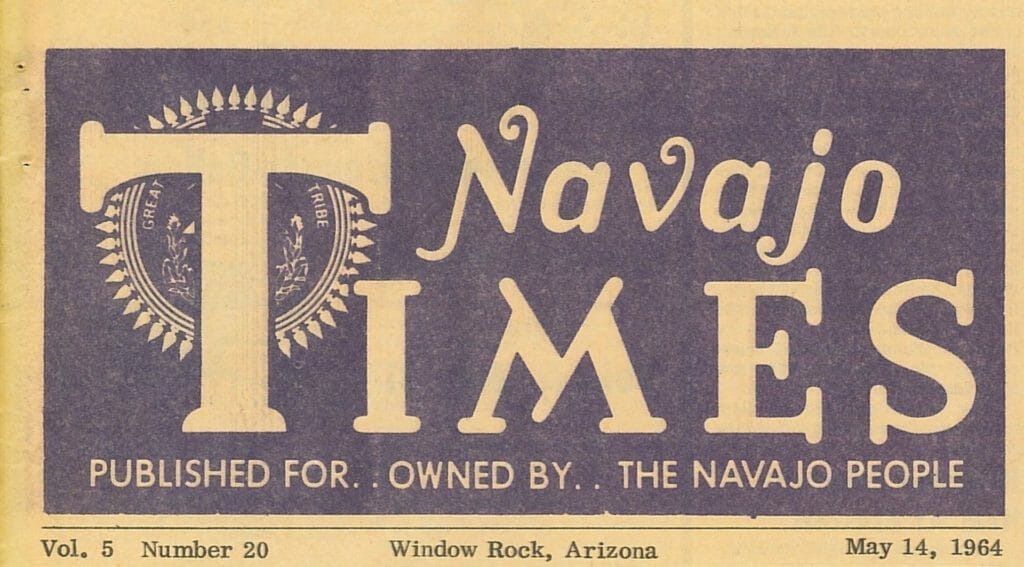
The pair didn’t stop with collecting material; they also published it. In 1981, the pair published “A Bibliography of Native American Writers, 1772–1924.” This three-volume set highlighted many previously unknown American Indian writers’ works. In 1984, they followed that effort with “American Indian and Alaska Native Newspapers and Periodicals, 1826–1924.” The two would continue to write and publish along this theme separately and together. When James Parins died in 2013, his latest book, “Literacy and Intellectual Life in the Cherokee Nation, 1820-1906” had just been released a few weeks earlier.
The collections, mainly comprised of boxes of newspapers, periodicals, and microfiche, began to overflow the offices of Stabler Hall on the UA Little Rock campus. The collection was moved to the third floor of Ottenheimer Library. By 1990, it became clear to Chancellor Charles Hathaway that the passion project of the two professors was of national importance, and both were released from teaching duties to focus solely on building the archive. Through the 1990s, the American Native Press Archives acquired staff, operating through grants, and managed to add Dr. Robert Sanderson, a sociology professor of Micmac descent. The organization began using the name Sequoyah Research Center as the focus broadened from literary archives to other American Indian history. The center was supported financially by the university for the first time in 2005.
Littlefield became the director of the research center, with Parins and Sanderson both in associate director roles. The next chancellor, Joel Anderson, encouraged the group to incorporate the word ‘national’ in the center’s name, and the Sequoyah National Research Center was established in 2008 and moved out of the library and into University Plaza to occupy a much larger space, along with the Dr. J.W. Wiggins exhibit of Native American art. Wiggins, a fellow professor at Little Rock, had been influenced by Littlefield and his interest in preserving American Indian history in the 1970s and collected many works of American Indian art. In 2011, the Friends of the Center group was founded to help financially support the organization. The Sequoyah National Research Center recently made another move, this time to the Fine Arts building on campus. Here, visitors can find the archives and research the extensive collection.
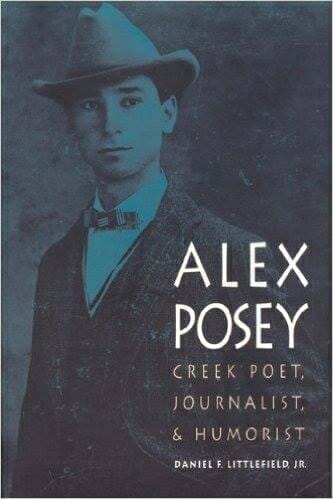
The archives include Journey of Survival: Indian Removal in Arkansas, a digital display that maps the Trail of Tears through Arkansas with a touchscreen display of photographs from over 80 sites. The center is also actively recording the participation of American Indians in World War I, with a form to fill out for those who know of relatives who served in the war. Other collections include works from American Indian writers, photographs and recordings. The archives have large collections of Cherokee writings and history, Oklahoma tribes, Trail of Tears research material, newspapers and periodicals. Dr. Daniel Littlefield is still the director, working with archivist Erin Fehr and several student interns to continue to preserve and archive American Indian history.
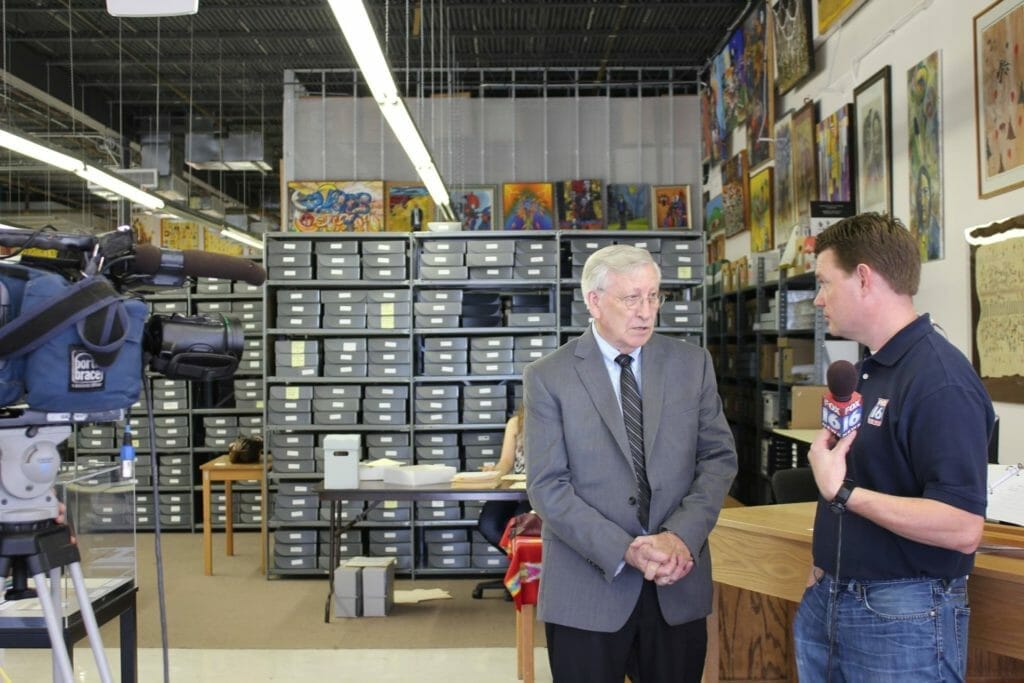
The Sequoyah National Research Center is open to the public Monday through Friday. Follow Sequoyah National Research Center on Facebook for the latest updates on the center. You can visit the center in person or search the online archives to experience the largest collection of American Indian writings in the world.
Cover photo: The archives hold newspapers, periodicals, magazines and more from over 200 American and Canadian tribes. Photo: Sequoyah National Research Center
We do the work.
You check your email.
Sign up for our weekly e-news.
Get stories sent straight to your inbox!









Like this story? Read more from Kimberly Mitchell
The Razorbacks are famous across Arkansas and beyond. Many sports fans...
Women’s volleyball has become a central sport in Arkansas, deeply...
For many years, western Arkansas was the edge of the frontier. After the...
Join the Conversation
Leave a Comment